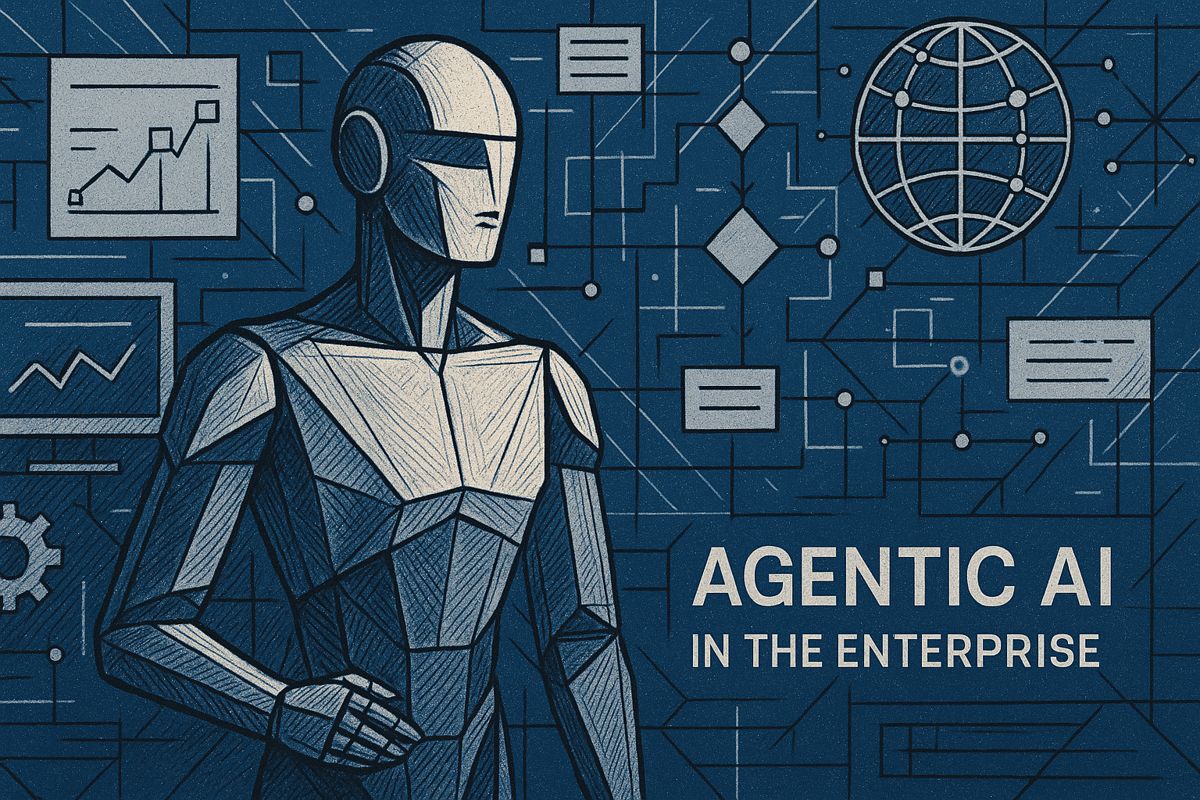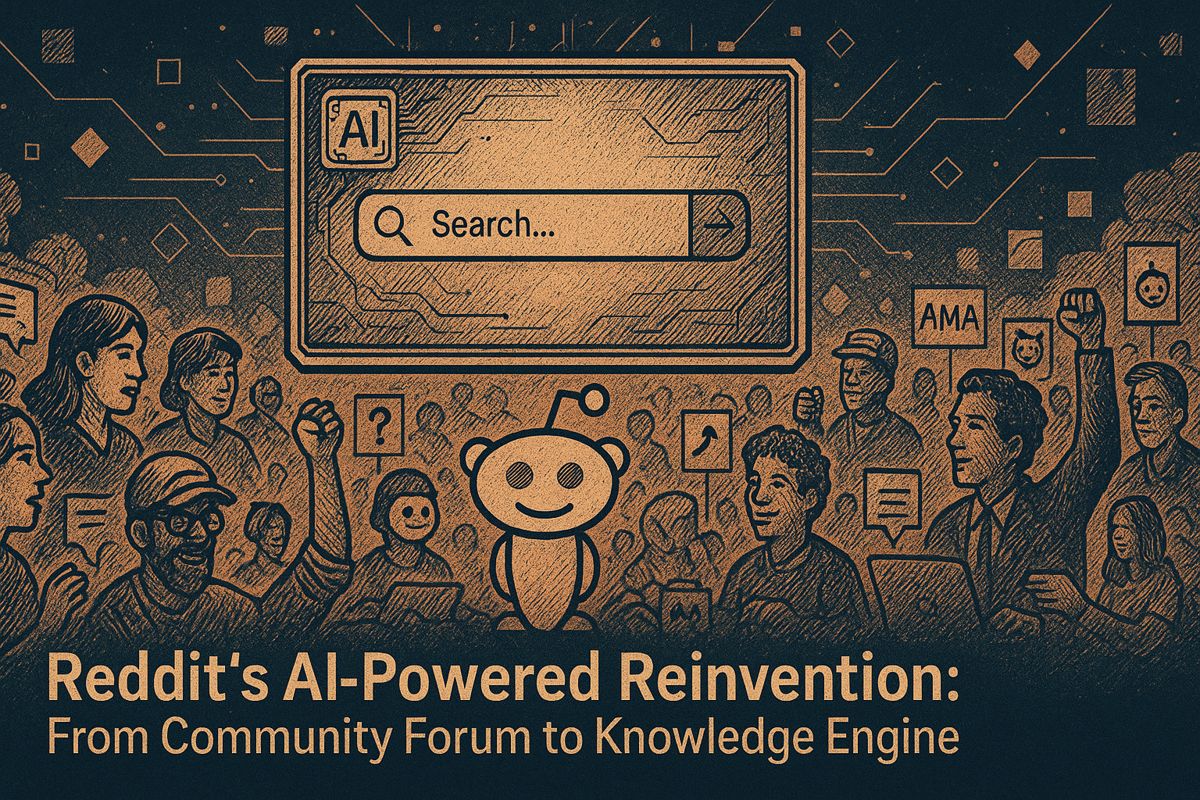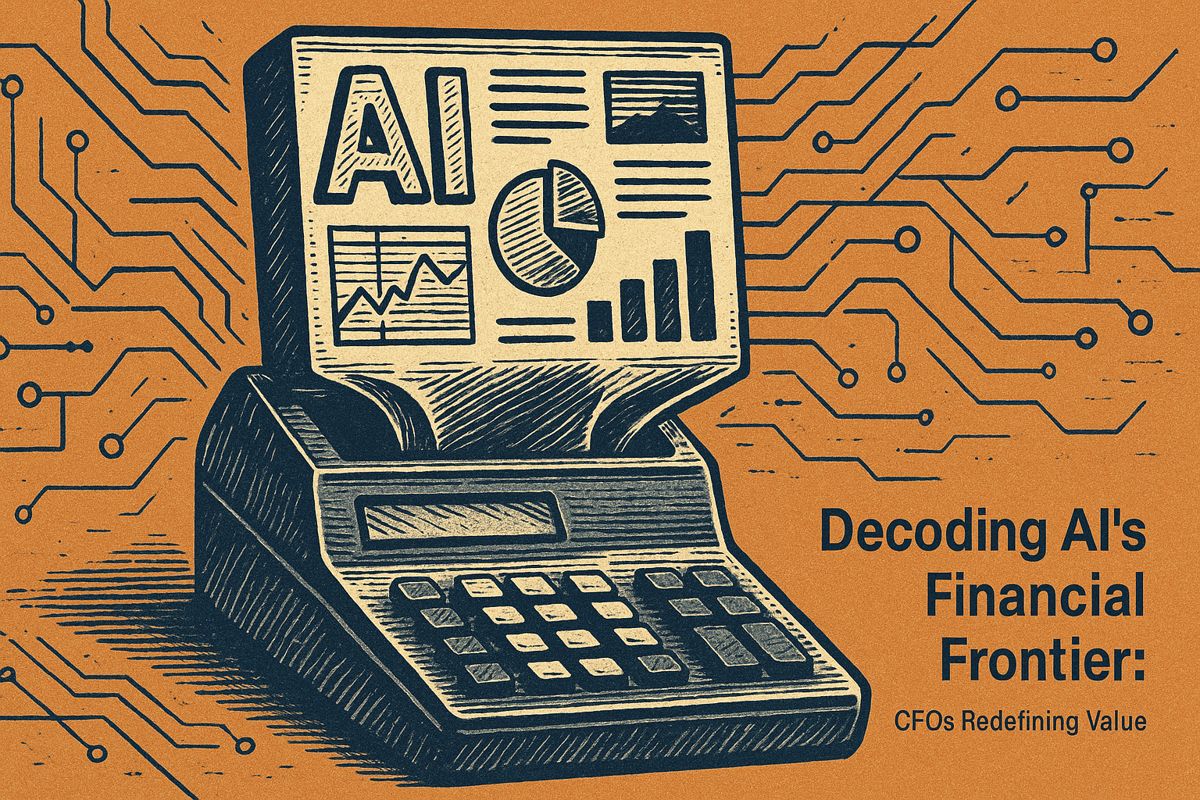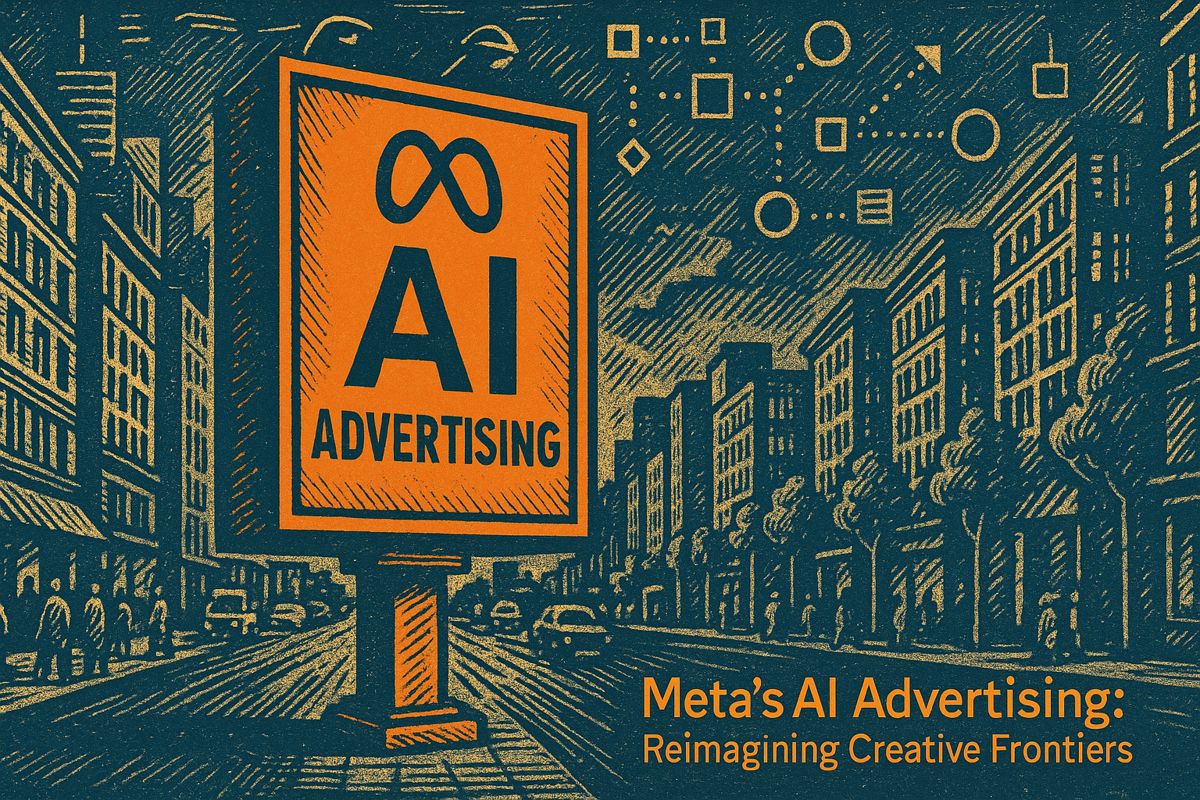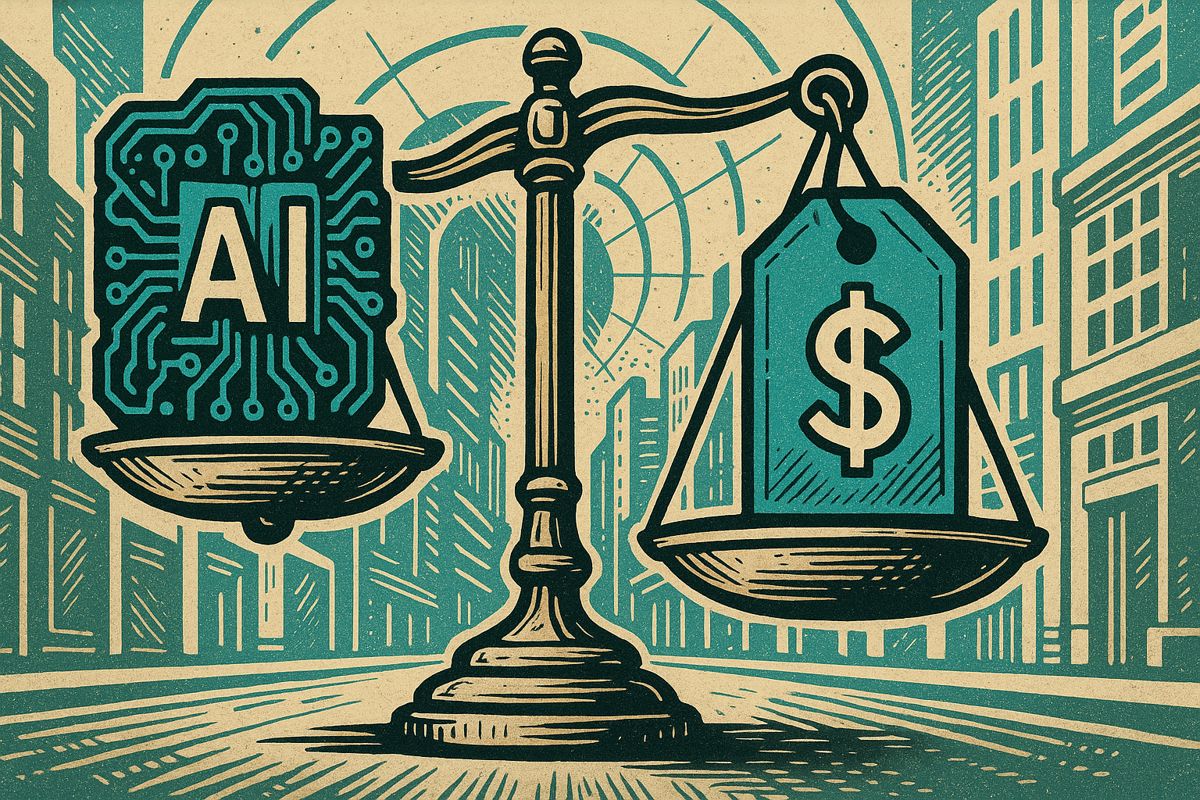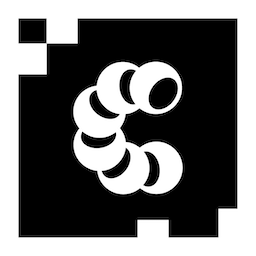Salesforce is pioneering multi-agent AI systems that work like intelligent digital teams across different business departments. Their approach focuses on creating small, specialized AI models that can collaborate and execute complex tasks while maintaining strong ethical guidelines. These AI agents are designed to amplify human productivity, reasoning strategically and working together like an orchestra to handle everything from marketing to compliance. The vision is not about replacing humans, but creating digital colleagues that can support and enhance workplace efficiency. Salesforce believes these AI systems will become strategic enterprise tools by 2025, transforming how organizations approach automation and intelligent work.
What is Salesforce’s Approach to Agentic AI in Enterprise?
Salesforce is developing multi-agent AI systems with orchestrated “teams” that can execute complex enterprise tasks across departments. Their approach focuses on smaller, specialized models with robust governance, aiming to create intelligent, collaborative digital workforce solutions that amplify human productivity while maintaining ethical guardrails.
A New Dawn for Enterprise Automation
Every so often, I find myself staring at a cup of coffee, pondering the next tectonic shift in enterprise tech—fitting, then, that Salesforce’s recent plunge into agentic AI should arrive just as I was running low on espresso. The stakes: high. The language: suddenly saturated with terms like “Large Action Model” and “agentic maturity.” But unlike the parade of SaaS buzzwords that have faded into the digital palimpsest, this shift feels… different. Tangible. The move isn’t merely cosmetic; it’s a reimagining of what automation can be, an evolution from single-use gadgets to interconnected, quasi-autonomous digital colleagues.
Salesforce’s approach pivots away from the glorified macro—those diligently-scripted, single-function automations—and heads straight for the intellectual hinterlands mapped by Norbert Wiener and the cyberneticists. Here, digital agents don’t just react to prods; they reason, strategize, and execute with a certain orchestral grace. I had to stop and ask myself: are we ready for our software to act less like a calculator and more like a junior analyst with opinions?
The numbers are telling. Take Salesforce’s flagship xLAM family. Engineered to execute actions, not just predict text, the models scale down to a svelte 1 billion parameters. That’s lean enough to run on devices with less computational muscle than a mid-2010s Dell. (And yes, the 1B-parameter flavor reportedly matches or beats GPT-4o in key enterprise tasks—though I’ll admit, benchmarks can sometimes feel like the Olympics of selective disclosure.) Still, the message is clear: enterprise AI is no longer a luxury reserved for hyperscale data centers and Silicon Valley budgets.
Orchestrating the Digital Symphony
Here’s where things get genuinely interesting—and, dare I say, a touch chaotic in the best artistic sense. Rather than producing a solitary agent with a narrow remit, Salesforce is doubling down on orchestrated, multi-agent “teams,” each tuned for a specialty but working in concert. Imagine the London Symphony Orchestra, but each violinist is fine-tuned for compliance, each percussionist for customer support, and the conductor—call it the “Agent-in-Chief”—makes sure everyone stays on tempo.
This orchestration isn’t some Star Trek fantasy. Salesforce envisions these agent teams as strategic pillars by 2025, not just the darlings of pilot projects. We’re talking campaigns where an AI agent not only drafts marketing materials but also wrangles contracts, double-checks regulatory compliance, and addresses customer grievances—all under the same digital aegis. It’s a bit like herding cats, if the cats could also read the GDPR and negotiate SaaS renewals.
But—aha!—here’s a crucial caveat: oversight. Salesforce knows we humans aren’t quite ready to cede the reins entirely. Oversight protocols, ethical guardrails, and what they charmingly dub “Agentic Maturity Models” are all in play to keep these digital virtuosos from going off-script. I’ll admit, I once set a workflow loose without adequate checks. The ensuing chaos was less “symphony” and more avant-garde jazz—discordant, costly, and memorable for all the wrong reasons. Lesson learned.
From Reasoning to Multimodality: The TACO Take
This new breed of enterprise agent is not content with surface-level pattern matching. Instead, Salesforce’s models—like the rather whimsically-named TACO (think: chain-of-thought-and-action)—are engineered for higher-order reasoning. I picture them as chess grandmasters, not just shuffling pieces, but anticipating endgames. TACO’s “CoTA” approach lets agents dissect complex, multi-step tasks, drawing on retrieval-augmented generation (RAG) methods that borrow from both narrative logic and, oddly enough, classic detective fiction.
The numbers back up the metaphor. On benchmarks such as MMVet, TACO models clock up to 20% performance gains over previous architectures. That’s not just statistical noise—it’s the difference between an agent that can process a basic invoice and one that can parse labyrinthine legal documents, spot anomalies in a hyperspectral data set, or synthesize insights from a web of PDFs and spreadsheets. During a recent project, I watched an agent analyze a contract’s fine print with more diligence than some paralegals I’ve known (no offense, Greg). The sound of it parsing—keyboard clacking, fans whirring—was oddly reassuring, almost like rain on a tin roof.
And let’s not gloss over multimodality. It’s a mouthful, but it matters. Language? Check. Images, tables, graphs? Also check. This unlocks use cases that once sat squarely in the realm of science fiction, from scanning medical records to responding to customer complaints with contextual nuance. If the Renaissance was about melding art and science, perhaps this is our enterprise version—an algorithmic da Vinci with a knack for quarterly reports.
Anecdotes and the Road to Agentic Maturity
There’s an itch, almost existential, in the push toward maturity. Salesforce’s Agentic Maturity Model—four steps, neatly diagrammed—helps CIOs and IT chiefs navigate the morass from pilot to scale. I once watched a publisher, Wiley, fumble their early AI deployment, only to turn things around after adopting this model; the difference between confusion and clarity was, in their words, “like night and day.” Over in insurance, Alpine Intel used the framework to avoid acquisition-induced entropy—saving weeks of integration and, I imagine, several ulcers.
It’s a little odd: frameworks, which used to bore me (ugh, another slide deck), now excite a certain optimism. They convert the abstract potential of agentic AI into concrete next steps—there’s a tactile satisfaction in watching uncertainty evaporate, replaced by a roadmap and, dare I say, a sense of momentum.
Emotion? I’ll cop to a mix of anxiety and thrill. The more we automate, the more vital it becomes to question our methods and outcomes. Will the agents amplify creativity, or ossify process? Time will tell…
Small Models, Big Possibilities: Toward Democratic AI
A subtle but crucial trend: Salesforce is championing smaller, specialized models, a move that’s both practical and, in a sense, subversive. As the giants—GPT-4o, Gemini, and their ilk—get commoditized, the value leaks out to the periphery, to models nimble enough to run on a Raspberry Pi or inside a local server room with all the ambiance of burnt toast. The democratization of AI, reminiscent of Linux’s rise or the open-source revolution in code, is more than marketing patter: it’s a rebalancing. More people, in more places, wielding AI as a tool, not an oracle.
Of course, with great proliferation comes the need for oversight. Salesforce’s emphasis on governance is neither perfunctory nor optional. As AI seeps into the marrow of organizations, oversight becomes as important as innovation itself—lest we repeat, on a grander scale, the mistakes of unregulated automation’s past.
Knowledge Sharing and the Human-AI Tango
The most encouraging signal, for my money, is the culture of knowledge sharing. Salesforce pushes out podcasts, open-source codebases, and practical guides that demystify the arcana of agentic AI. It’s a tacit admission: the future belongs to those who learn together, not those who hoard insights behind paywalls or NDA’d webinars.
The endgame isn’t a robot takeover (despite the fever dreams of certain pundits). Instead, these agentic systems are designed as partners—amplifying human ingenuity while still leaving room for the quirks, the flashes of intuition, and, yes, the occasional misstep. I’ve learned to appreciate the odd imperfection in a well-oiled workflow; sometimes, the best ideas arrive as glitches… or as the aroma of a too-strong coffee drifting across the keyboard.
So: the agentic AI revolution isn’t about replacing us. It’s about giving us new instruments—some familiar, some strange—and inviting us to play a richer, more resonant symphony. And if every so often the melody skips a beat? Well, that’s just the price of progress.

